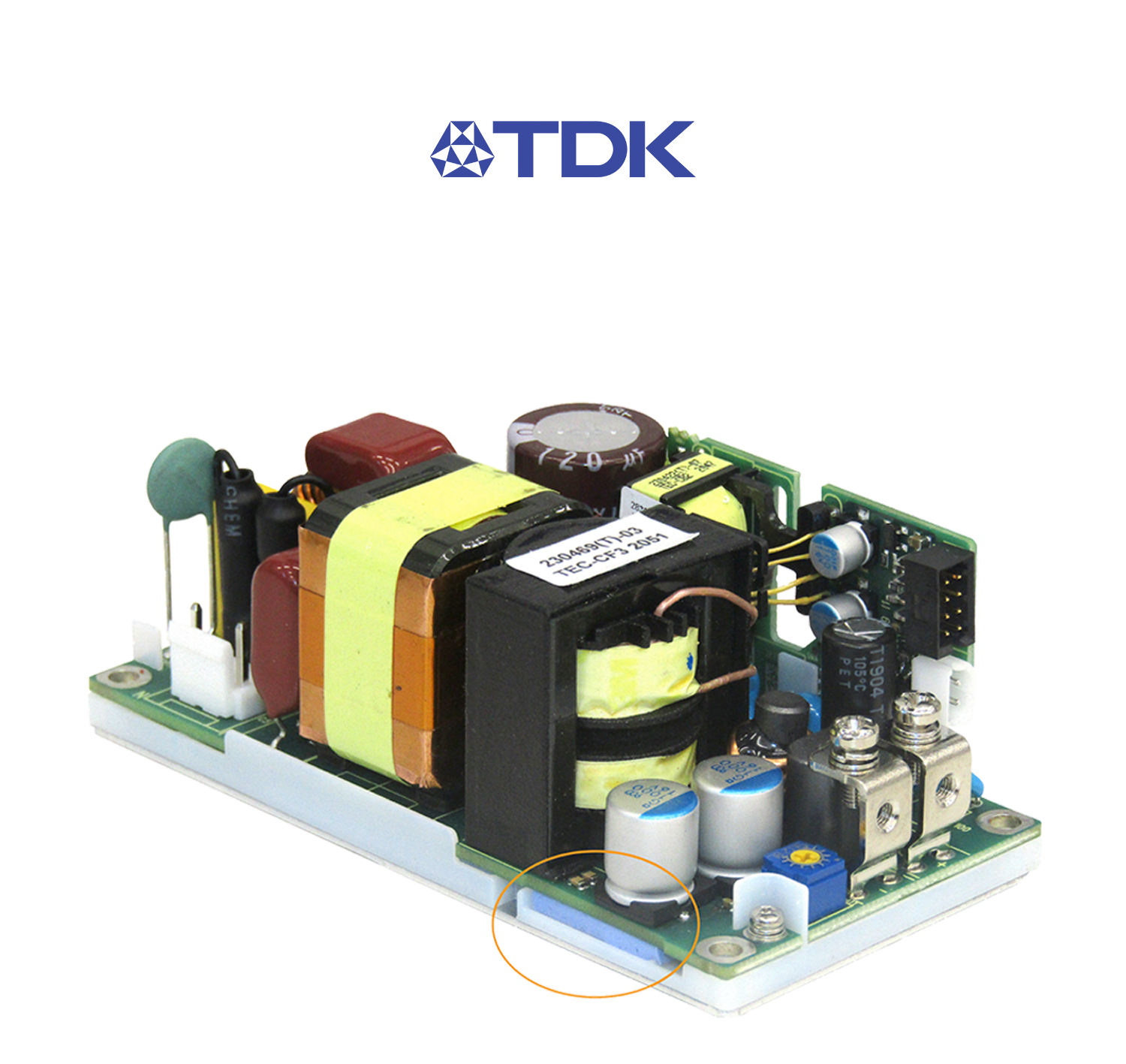

The right solution for
How to prevent thermal issues

Power
The technical article by TDK-Lambda clearly explains the various aspects that need to be considered for heat
dissipation in power supplies. Using the CUS250M power supply, which is available in different form factors, the
author presents practical approaches to finding the optimal solution for each application.

The mechanical dimensions will have probably been set by the project or program manager with market feedback from the sales and marketing team members. In the Engineering feasibility study stage, 3D modelling is frequently used to determine if all the required parts and assemblies will actually fit.
Power supplies
without fan cooling
How the system will be cooled will normally be stated. A medical device in close proximately to the patient will
most likely demand that audible noise is minimized. This will restrict or exclude the use of fan cooling. Even in an office or light industrial environment, there could be restrictions placed on the amount of cooling vents allowed their size and location. Dust and other contaminants present in particularly dirty locations may contain materials that are conductive, conductive when wet or potentially flammable.
Cooling of power supplies
for rack mounting
Equipment that is destined for rack mounting, like test, telecom or datacom equipment, will most certainly have
an airflow direction stated. If accessible by an operator or technician, cool air will be drawn in from the
front, rather than the rear of the rack assembly. This avoids the user being continually subjected to heated
air, which can be irritating and potentially lead to eye irritation issues.Once the locations of the major parts and assemblies are decided upon, computerized thermal modelling should be performed. This will determine whether there are any areas where heat generating items are causing problematic temperature rises on components that are sensitive to heat, which could affect the performance of the system. Thermal modelling may determine the volume and/or speed of airflow from internal or external cooling fans.